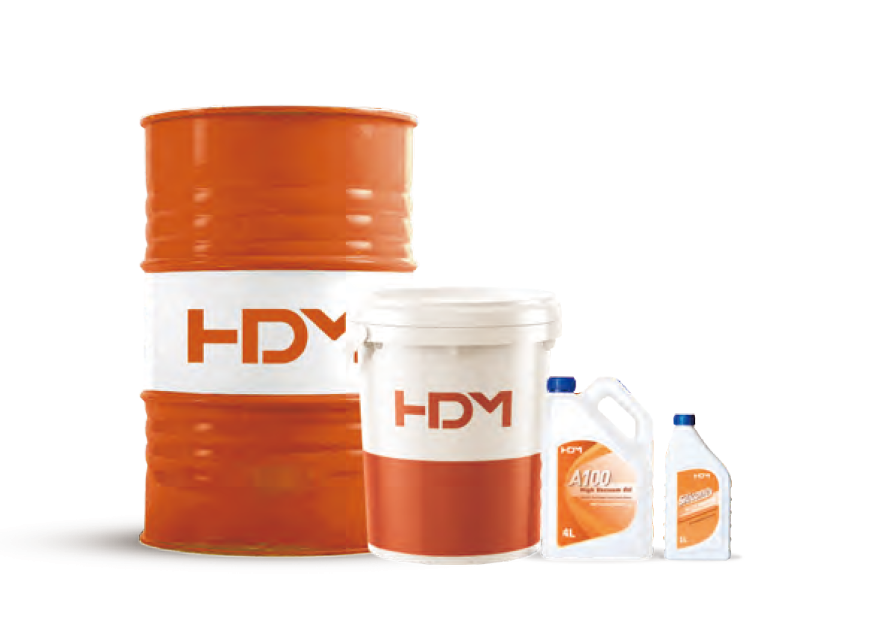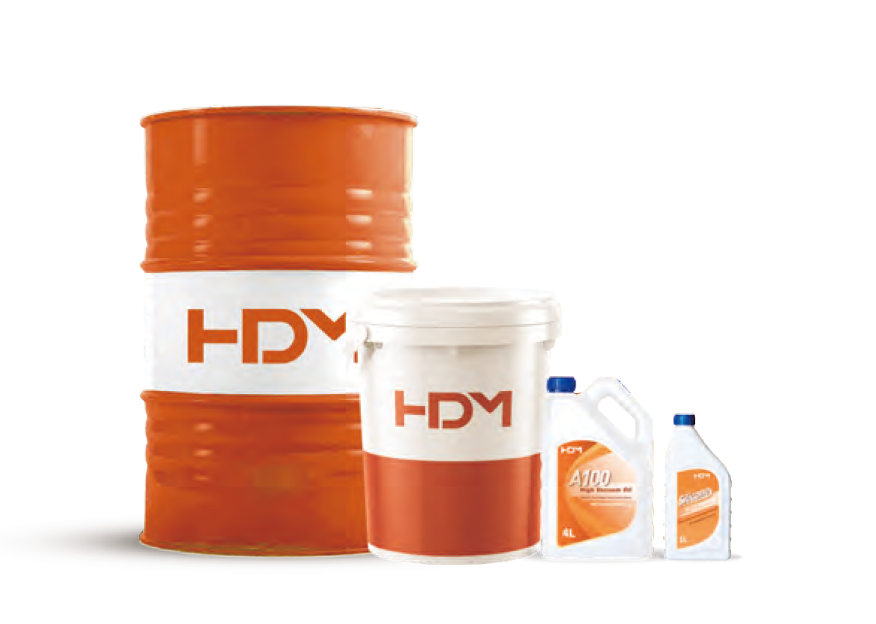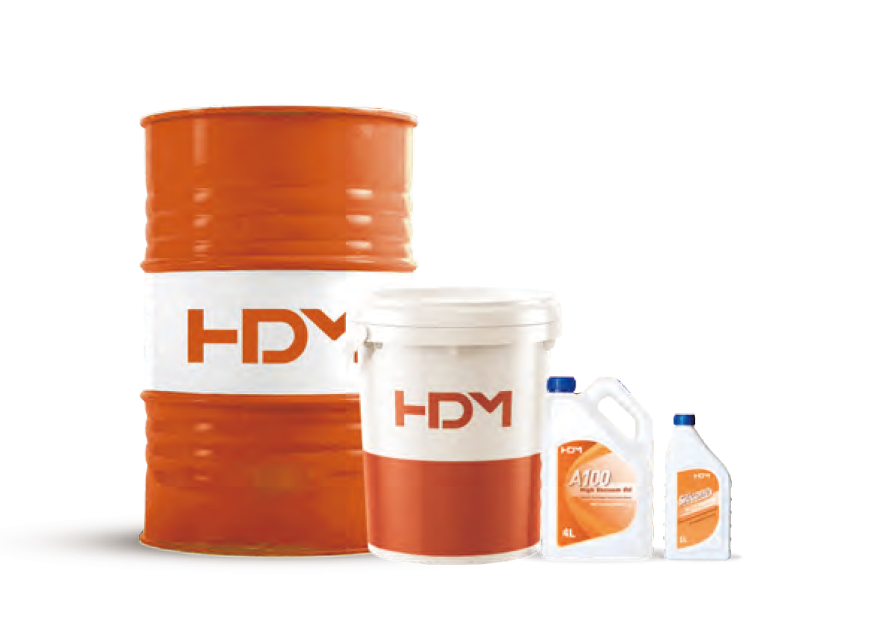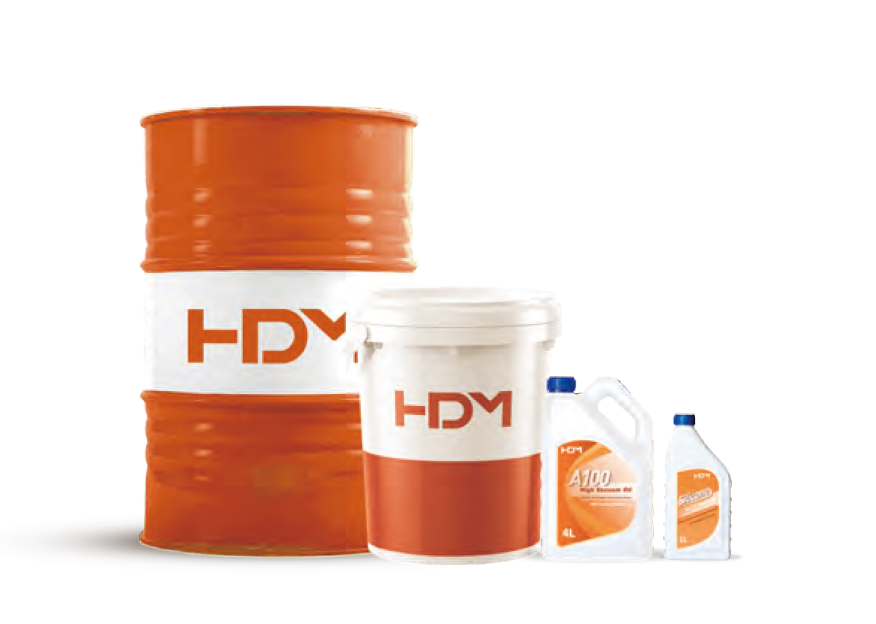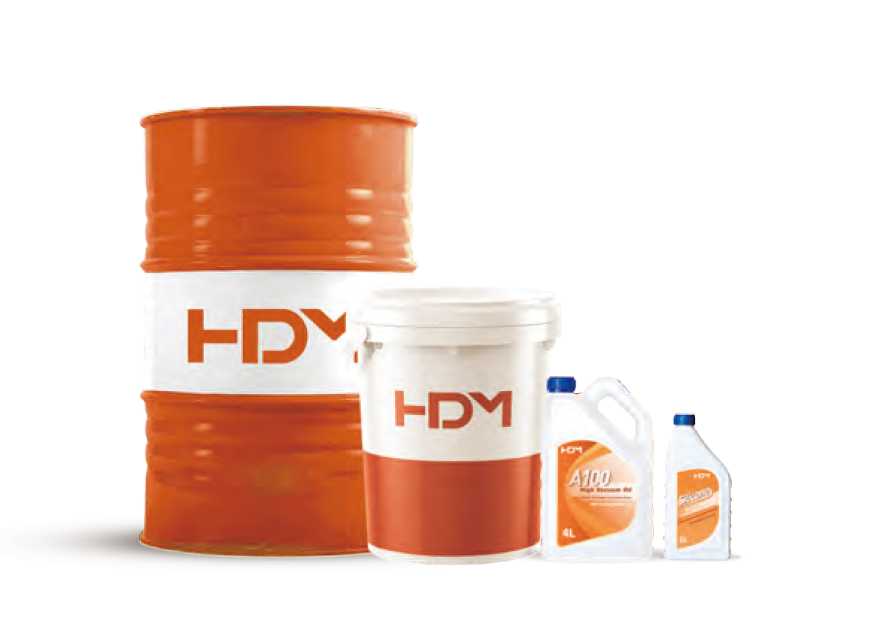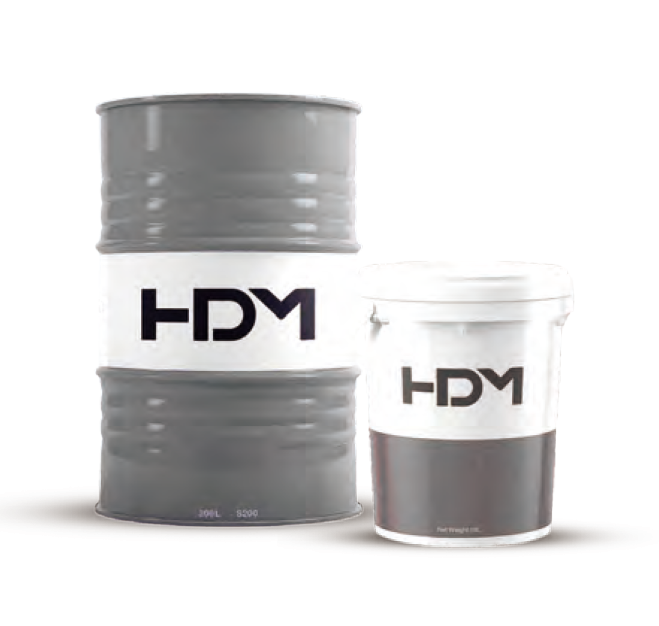People are increasingly aware of the importance of using environmentally friendly lubricants, especially in industries in ecologically sensitive fields such as forestry, agriculture, waterways, marine, and mining.
Many hydraulic unit owners identify with environmental concerns but wonder if their machines' performance will be maintained when switching from standard hydraulic fluids to biodegradable fluids like HDM.
How efficient is the operation when switching to biodegradable oils?
We can safely say that hydraulic unit performance and machine life will not be negatively affected by switching to high quality biodegradable oils. Learn more about how HDM will provide greater operational efficiency in the article HDM Gets Ecolabel.
However, there are some rules you should consider when switching from mineral oil to biodegradable oil. In theory, HDM is miscible with other biodegradable mineral hydraulic fluids. In practice, however, the quality of the hydraulic oil currently used can cause problems with the lubricating properties and service life of the new oil.
Analyze Your Oil Before Replacing It With Biodegradable Oils
Before filling a hydraulic press with new biodegradable oil, first analyze the quality of the oil currently in use. The compatibility of old and new oils is determined by testing an in-use oil sample (approximately 500 ml) for air release, foam behaviour, viscosity and water content.
If there is no information about the oil used, or if the oil analysis results are negative in terms of quality or compatibility, you must follow the next good practice instruction.
Fill or Mix Instructions for Biodegradable Hydraulic Fluids
ISO standard 15380 can be used as a general guide when switching from mineral oils to biodegradable hydraulic fluids. This standard stipulates that the maximum pollution degree of mineral oil is 2%. The same level of 2% is acceptable when mixing two different biodegradable oils.
To keep contamination to a minimum, follow the instructions below:
Oil change without dismantling machine parts
- Drain the hydraulic system. About 40% of hydraulic fluid will remain in pumps, lines, filters, valves and cylinders.
- Fill the hydraulic system to the normal level with new oil.
- Repeat the above two steps until the 2% limit is reached. This process is necessary to flush and clean the hydraulic system.
Example:
- After one oil drain: 40% of old oil remains.
- After two oil drains: 16% old oil remains (0.4 x 0.4).
- After four oil drains: 2.5% old oil remains (0.4 x 0.4 x 0.4 x 0.4).
Oil change by removing and draining machine components
After some man-hours are spent on dismantling the machine, the amount of oil remaining in the cylinders, lines and filters can be reduced to approximately 15%. This means that two drain ports are sufficient to achieve a contamination level of 2.3 % (0.15 x 0.15).
To determine the most cost-effective method of oil change (with or without disassembly), the number of man-hours must be weighed against the cost price of the oil used to flush the unit.
Additional recommendations when topping/mixing biodegradable hydraulic fluids
- During this process, if possible, clean the empty water tank and disassembled components.
- Replace all filters.
- Bleed and restart the machine between each flush, while being aware of any air in the system.
- Clear indication that the machine has been filled with biodegradable oil.
- Change the oil filter after 50 hours of operation.
- Install a special filter to remove water. *
- Submit oil samples for control after the machine is ready for use.
*Water in the system usually evaporates during operation, but in extreme cases or when cleaning the machine carelessly, water can get into the oil. Biodegradable oils break down in aqueous environments.



